On November 15, specialist doctor Nguyen Minh Tien, Deputy Director of the City Children's Hospital, said that after nearly 2 months of treatment, baby D. was saved thanks to the "dual" V-VA ECMO extracorporeal membrane oxygenation technique.
Medical history revealed that before being admitted to the hospital, two brothers T. (5 years old) and D. (3 years old), along with their cousin M. (8 years old), were playing in the backyard when suddenly the wind blew down a beehive on a tree. Wasps flew out and stung the children on the head, face, body, arms, and legs. Family members discovered the incident and took the two children to the local hospital. M. was stung only a few times and managed to escape in time, so her condition is stable.
At the local hospital, the two brothers T. and D. showed signs of drowsiness, hematuria, difficulty breathing, cold hands and feet, and were given emergency treatment, then transferred to the City Children's Hospital. T. was stung 28 times by bees, had severe liver damage, and respiratory failure. He was intubated, ventilated, given intravenous fluids, and received liver support treatment. The children gradually improved, were taken off the ventilator, were alert, and had a good urination.
Baby D. was in the most serious condition: lethargic, cardiovascular collapse, difficulty breathing, cyanosis, jaundice, little urine, hematuria (hemoglobinemia), about 55 bee stings on the head, neck, back, arms, and legs. The baby was intubated to help him breathe, prevent shock, and underwent emergency testing.
The results showed that baby D. had severe lung damage, severe liver failure, severe kidney failure, blood clotting disorder, metabolic acidosis, and hyperkalemia.
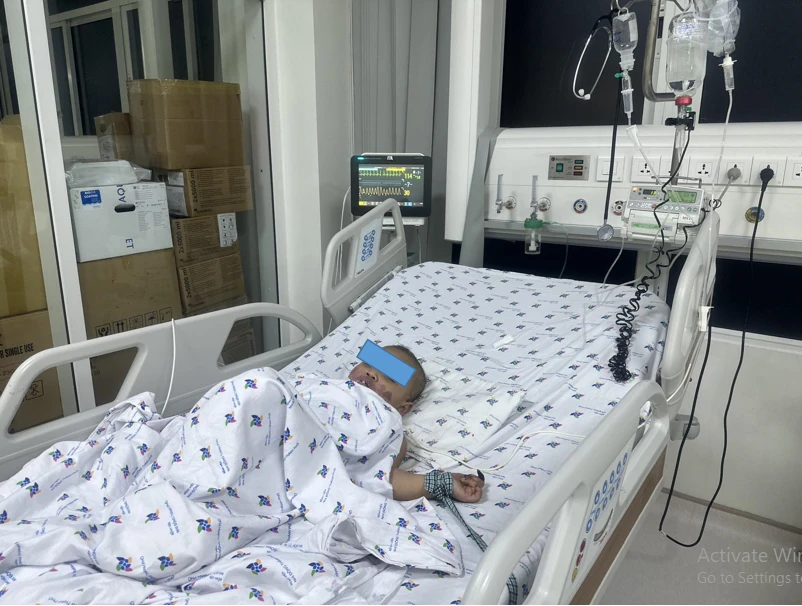
Child was taken off ventilator after 2 months of treatment.
Baby D. was quickly transferred to the Intensive Care Unit and received continuous blood filtration. After two rounds of blood filtration, baby D.'s condition improved, with less jaundice, but then complicated developments, with symptoms of severe respiratory failure, severe ARDS, circulatory failure - shock, and increased inflammatory response. Therefore, the doctors decided to insert an additional intravenous line to increase blood oxygenation through the oxygen exchange membrane to provide enough oxygen to the tissues (according to the V-VA ECMO method). In addition, the baby was monitored for liver and kidney damage, and inflammatory response combined with adsorption and continuous blood filtration.
After nearly 2 months, baby D. gradually recovered, improved consciousness, improved breathing, circulation, improved liver and kidney function, the child was weaned off ECMO, ventilator, breathing fresh air, urinating well...
Quick view at 12 noon on November 15: Panorama news
Dr. Tien said that the wasp family (smooth hair) includes wasps, wasps, and yellow jackets. This group has smooth, barbless stingers that can sting multiple times. Wasps are insectivores and spider larvae eaters. Only worker wasps sting humans and animals in self-defense when their hive is destroyed or threatened. Wasps are attracted to people wearing colorful clothes, wearing perfume, or running away after disturbing their hive.
If stung by a bee, remove the stinger if present by gently picking it out, using tweezers to remove it, avoid squeezing it with your hands as this can spread the venom; wash the stung area with soap and warm water; apply a cold bandage to the bite to relieve pain and reduce swelling; take the victim to a medical facility if hives appear, fatigue occurs, cold hands and feet occur, red urine occurs, little urine occurs, or there have been more than 10 wasp stings.
"To prevent bee stings, avoid wearing brightly colored clothes when going on excursions in the countryside or in the forest, avoid climbing and picking fruit as you may fall and be attacked by bees by accidentally or intentionally disturbing beehives, and control and clear beehives around the house and in the garden," Dr. Tien recommends.
Source link



![[Photo] Prime Minister Pham Minh Chinh attends the World Congress of the International Federation of Freight Forwarders and Transport Associations - FIATA](https://vphoto.vietnam.vn/thumb/1200x675/vietnam/resource/IMAGE/2025/10/08/1759936077106_dsc-0434-jpg.webp)
![[Photo] Prime Minister Pham Minh Chinh inspects and directs the work of overcoming the consequences of floods after the storm in Thai Nguyen](https://vphoto.vietnam.vn/thumb/1200x675/vietnam/resource/IMAGE/2025/10/08/1759930075451_dsc-9441-jpg.webp)



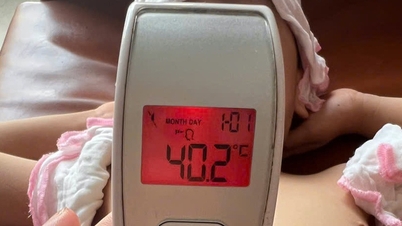






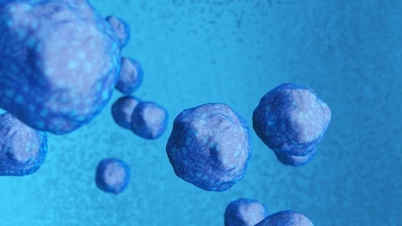

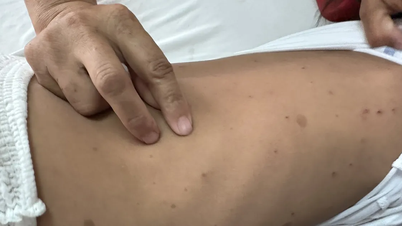




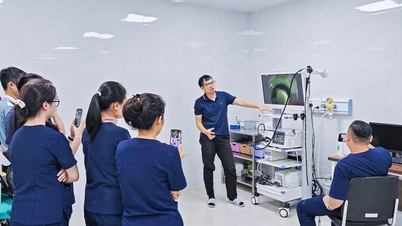







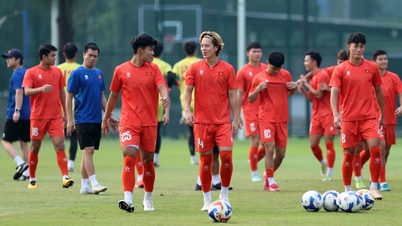





![[Photo] Closing of the 13th Conference of the 13th Party Central Committee](https://vphoto.vietnam.vn/thumb/1200x675/vietnam/resource/IMAGE/2025/10/08/1759893763535_ndo_br_a3-bnd-2504-jpg.webp)































































Comment (0)